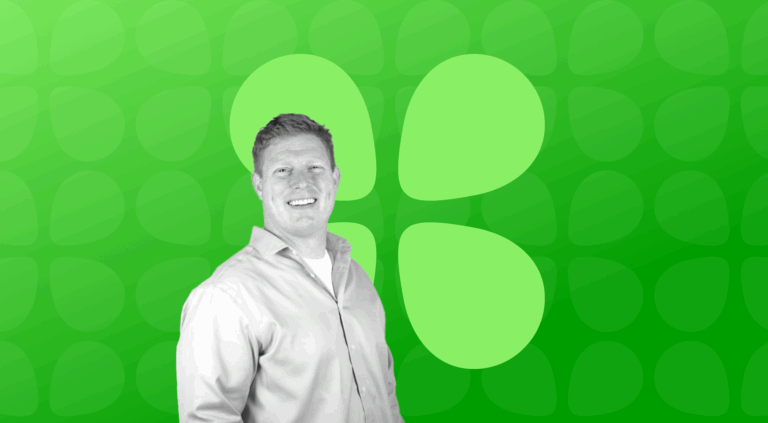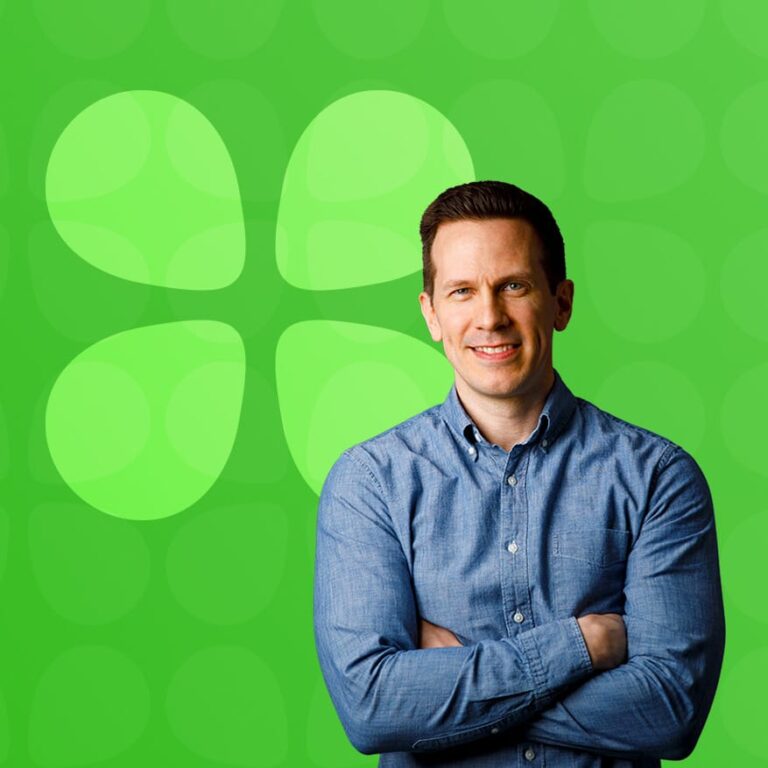“This wasn’t flying. That was falling with style!”
When Luckie, then a 60-year-old traditional ad agency, acquired a small but mighty data shop in 2012, our creative team reacted much the same way Toy Story’s Woody did when eyeing Buzz Lightyear for the first time. We noted the impressive wingspan, acknowledged the bells and whistles, but ultimately dismissed it as just another toy.
The feeling was mutual for the data scientists.
As we all began to work together, however, we quickly learned our fears were unfounded. Like the second act of all great buddy movies, both teams had to put our preconceived notions aside and see the value we each brought to the mission at hand: solving business problems in bold, exciting ways. Because the ultimate goal of marketing, even at the Super Bowl level, is to solve problems. Case in point: this big game ad for Hellmann’s was inspired by the insight that Americans throw away roughly 40 million tons of food each year. “Make taste, not waste” is certainly a “fresh” way to position the product.
Luckie solves our clients’ business challenges by eliminating luck to achieve the results that matter most to them. Data drives our every decision – even the creative ones – so we leave nothing to chance. Sure, it sounds counterintuitive that hardcore analytics could figure so prominently into something as subjective as creative. But the truth is, we get a lot of inspiration from data. Knowing exactly who we’re talking to, what makes them tick and how to get the right response from them at every touchpoint makes our work work harder. For instance, when data revealed the unique ways people use hot sauce, we turned that insight into a fun, fast-paced social campaign that led to a 91% YOY increase in sales for Melinda’s Hot Sauce and earned shelf space in Kroger supermarkets.
Conversely, we believe data’s only as good as what you do with it. And what we do with it at Luckie is turn it into rich, dynamic and unifying brand experiences. That means we’re not only collecting data or measuring against it, we’re activating it in a way that brings brands closer to their customers. When Valvoline wanted to move into the B2B, Heavy Duty space – a segment that’s not easily moved and where conversion is rare – we leveraged data and insights to help the company talk to new audiences, and then we isolated specific stores and tested messages to make sure they resonated.
Like any successful relationship, the one between creative and data takes work and that can’t happen in silos. Or as Buzz Lightyear put it, “The important thing is that we stick together.” If luck gets in anywhere, it gets in everywhere, so the closer our teams work together, the smarter and more relevant our solutions. By using strategies that are rooted in and validated by data, rigorously measuring and optimizing our creative performance and holding every department accountable to our clients’ ROMI, we ensure our work solves business problems in smart, innovative ways that have nothing to do with luck.
How about you? Which Super Bowl ad do you think solved a problem in a smart, entertaining way? Sound off below.
Are you happy with your creative but not how you activate your data? Or vice versa? Mary or JP definitely want to help tackle that problem.




